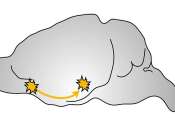Exploring consciousness with 'eureka' moments
For generations, researchers have been pondering the question of how and where consciousness is formed in the brain. Professor Ekrem Dere from Ruhr University Bochum, Germany, proposes a new approach to researching conscious ...
Jul 25, 2024
0
12









